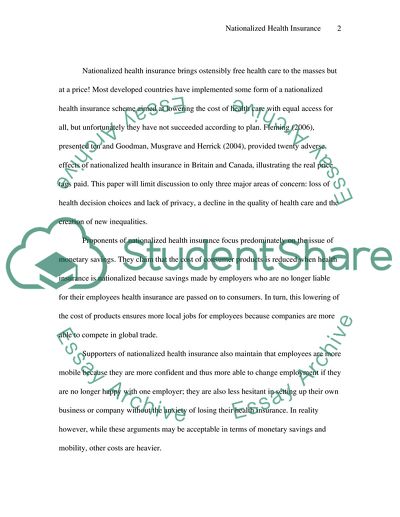Cite this document
(Hidden Costs of Nationalized Health Insurance Literature review, n.d.)
Hidden Costs of Nationalized Health Insurance Literature review. Retrieved from https://studentshare.org/finance-accounting/1557035-nationalized-health-insurance
Hidden Costs of Nationalized Health Insurance Literature review. Retrieved from https://studentshare.org/finance-accounting/1557035-nationalized-health-insurance
(Hidden Costs of Nationalized Health Insurance Literature Review)
Hidden Costs of Nationalized Health Insurance Literature Review. https://studentshare.org/finance-accounting/1557035-nationalized-health-insurance.
Hidden Costs of Nationalized Health Insurance Literature Review. https://studentshare.org/finance-accounting/1557035-nationalized-health-insurance.
“Hidden Costs of Nationalized Health Insurance Literature Review”. https://studentshare.org/finance-accounting/1557035-nationalized-health-insurance.


